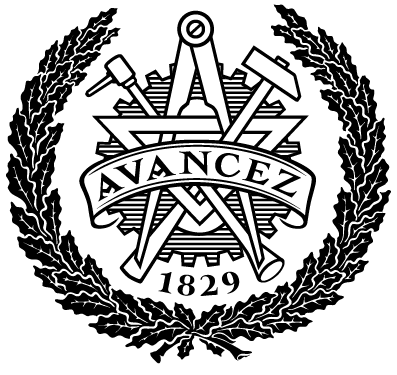Propelled and steered converter dolly for improved shunting of semitrailers at goods terminals
| dc.contributor.author | Kachhawah, Neel | |
| dc.contributor.author | Misquith, Clive Rahul | |
| dc.contributor.department | Chalmers tekniska högskola / Institutionen för mekanik och maritima vetenskaper | sv |
| dc.contributor.department | Chalmers University of Technology / Department of Mechanics and Maritime Sciences | en |
| dc.contributor.examiner | Jacobson, Bengt | |
| dc.contributor.supervisor | Ghandriz, Toheed | |
| dc.contributor.supervisor | von Corswent, Fredrik | |
| dc.contributor.supervisor | Kati, Maliheh Sadeghi | |
| dc.date.accessioned | 2022-12-06T15:39:34Z | |
| dc.date.available | 2022-12-06T15:39:34Z | |
| dc.date.issued | 2021 | |
| dc.date.submitted | 2022 | |
| dc.description.abstract | Distribution of semi-trailers from goods distribution terminals to customer loading docks are carried out by human drivers. Goods are transported to these distribution centers longer and heavier vehicles (LHV). These truck-trailer combinations need to be reconfigured in order to reroute traffic to customer end points. This requires a lot of driver skill and hence increases time and cost. These inland distribution centers or dry ports present an opportunity to improve shunting operation efficiencies through automation of a self-steered and self-propelled intelligent dolly (i-Dolly). This thesis explores the dominant methods of localization, path planning and path following used in autonomous systems. MATLAB Simulations for certain reversing maneuver of a single iDolly unit were performed using differential equations that described the reversing motion. The simulations were used to correlate results found during the practical tests on the scaled down model. For the physical tests, an over-head camera was used to implement a local positioning system with the use of ArUco markers. A scaled-down truck, used as surrogate for an i-dolly, was augmented with a cubic spline path planning algorithm and a path following stanley controller. The resulting system showed to have a maximum cross track error of 0.3 cm from the planned course when the coupling maneuver was successful. It was observed that the system was at times unsuccessful in the coupling maneuver, during which the cross track errors reached values of 1.5 cm. The recommended expansion on the work done would be to investigate higher precision hardware for localization and tracking at a small scale as well as setting up tests on more maneuvers. These could be further applied to full-scale model. | |
| dc.identifier.coursecode | MMSX30 | |
| dc.identifier.uri | https://odr.chalmers.se/handle/20.500.12380/305896 | |
| dc.language.iso | eng | |
| dc.relation.ispartofseries | 2021:34 | |
| dc.setspec.uppsok | Technology | |
| dc.subject | i-Dolly | |
| dc.subject | autonomous systems | |
| dc.subject | ArUco markers | |
| dc.subject | cubic spline | |
| dc.subject | Stanley controller | |
| dc.subject | longer and heavier vehicles (LHV) | |
| dc.subject | semi-trailers | |
| dc.subject | transportation | |
| dc.title | Propelled and steered converter dolly for improved shunting of semitrailers at goods terminals | |
| dc.type.degree | Examensarbete för masterexamen | sv |
| dc.type.degree | Master's Thesis | en |
| dc.type.uppsok | H | |
| local.programme | Automotive engineering (MPAUT), MSc |
